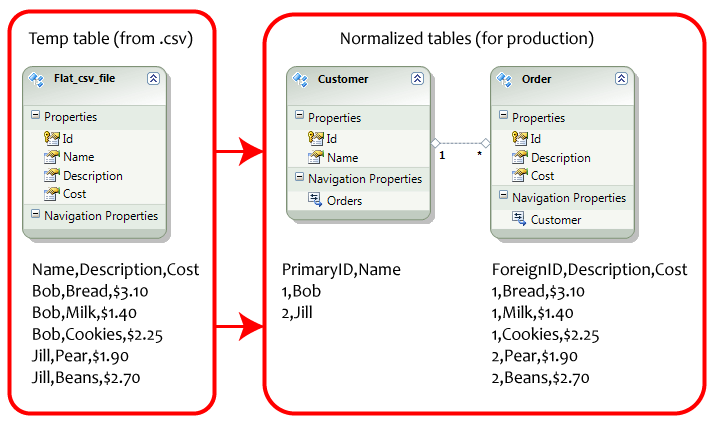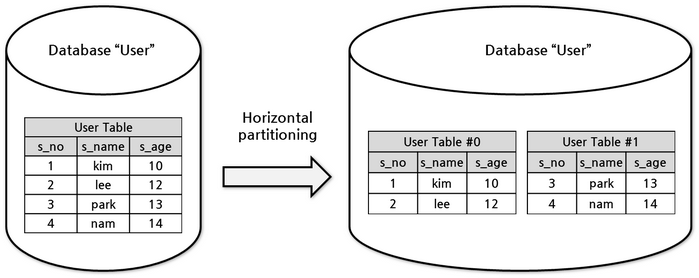I think the answer is, unequivocally, yes. You have to keep in mind that SQL is simply a data access language. There is absolutely no reason why it can't be extended across multiple computers and network partitions. Is it a challenging problem? Most certainly, and that's why software that does it is in its infancy.
Now, I think what you are trying to ask is "Can all features that I am familiar with and that arrive in a standard SQL-type relational database management system be developed to work with multiple servers in this manner?" While I admit I haven't studied the problem in depth, there are theorems out there that say "No, it cannot." Consistency-Availability-Partition Theorem posits that we cannot have all three qualities at the same level.
Now, for all practical purposes, "sharding" or "partitioning" or whatever you want to call it is not going away; to the contrary. This means that, given the degree to which CAP theorem holds, we are going to have to shift the way we think about databases, and how we interact with them (at least, to an extent). Many developers have already made the shift necessary to be successful on a No-SQL platform, but many more have not. Ultimately, sufficient maturity of the model and effective enough workarounds will be developed that traditional SQL databases, in the sense you refer, will be more or less practical across multiple machines. This is already starting to pan out, and I would say give it a few more years and we'll be to that point. Or we'll have collectively shifted thinking to the point where it is no longer necessary, and the world will be a better place. :)


